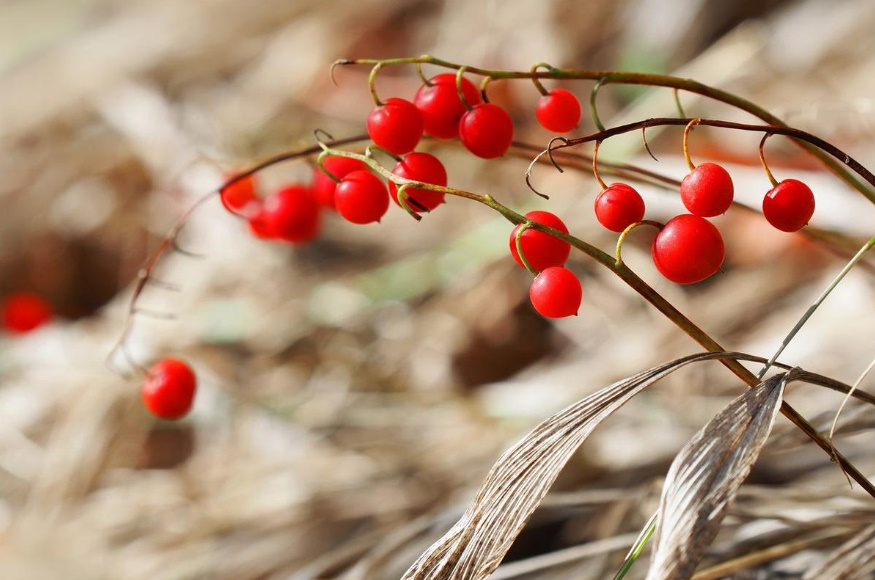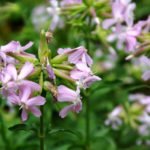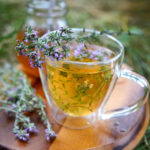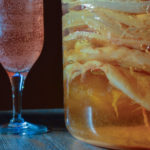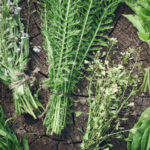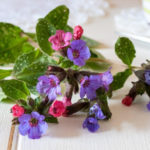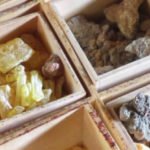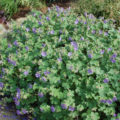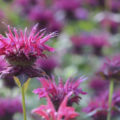Planting ornamental plants in the country and rejoicing in the meadow grass, we do not think about the fact that at least part of this summer beauty is actually super poisonous. Apple and apricot seeds contain prussic acid, and medicinal herbs like Atropa belladonna, lily of the Valley or Digitalis can easily kill if you exceed the dose or use the wrong part of them.
But there are also fly agarics, toadstools, henbane, Daphne mezereum and other poison! However, about everything in order.
Insidious Digitalis
Digitalis purpurea — an unpretentious and long—flowering plant – is very popular with gardeners. Not only is it beautiful, but it is also curative: it helps from heart ailments. Just do not try to be treated with it, if suddenly the heart catches, and there are no pills for it at hand.
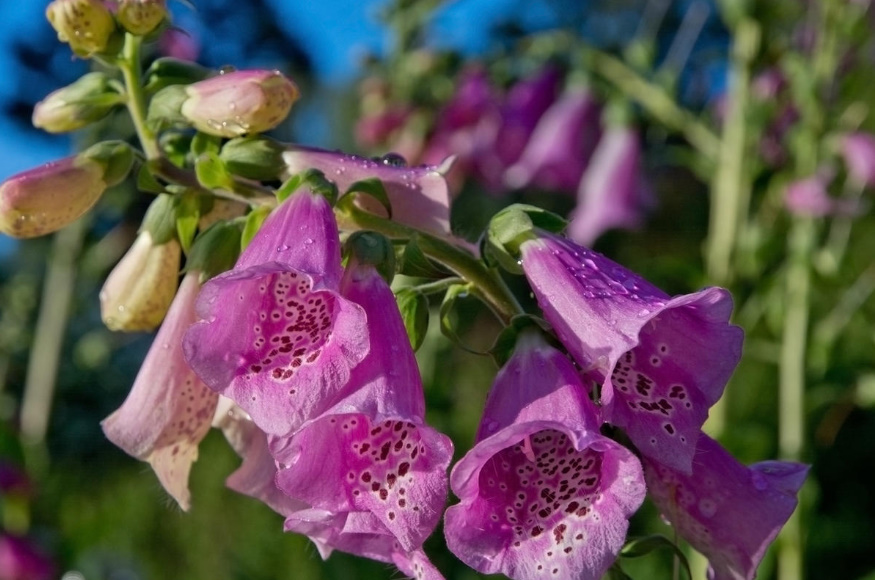
Even the Roman physician Galen, who lived in the II century, liked to repeat that any plant can be both a poison and a medicine — it’s all about the dose. So, Digitalis has a very low threshold of “toxicity”. For 4,000 years of its use in medicine, it has known both universal recognition and periods of oblivion caused by fears of the unpredictability of its actions. All parts of Digitalis are poisonous: only leaves are used for treatment, and even then not any, but collected in the first year of the plant’s life and dried in a special way.
With Digitalis poisoning, the pulse slows down, there is a feeling of interruptions in the heart (extrasystole), flies flash before the eyes, the head hurts and dizzy — up to fainting, the blood drains from the face, nausea, vomiting and diarrhea are possible.
In such cases, you need to call an ambulance, and while she is driving, rinse the stomach and take activated charcoal dissolved in water: it will bind the excess of cardiac glycosides that have disrupted the work of the heart. After that, you need to take a laxative: it will help the intestines get rid of toxins and reduce the severity of poisoning. When the pressure decreases, you can drink coffee or strong tea with sugar.
Convallaria majalis
How beautiful Convallaria majalis is! And it has also been known for its medicinal properties for a long time.
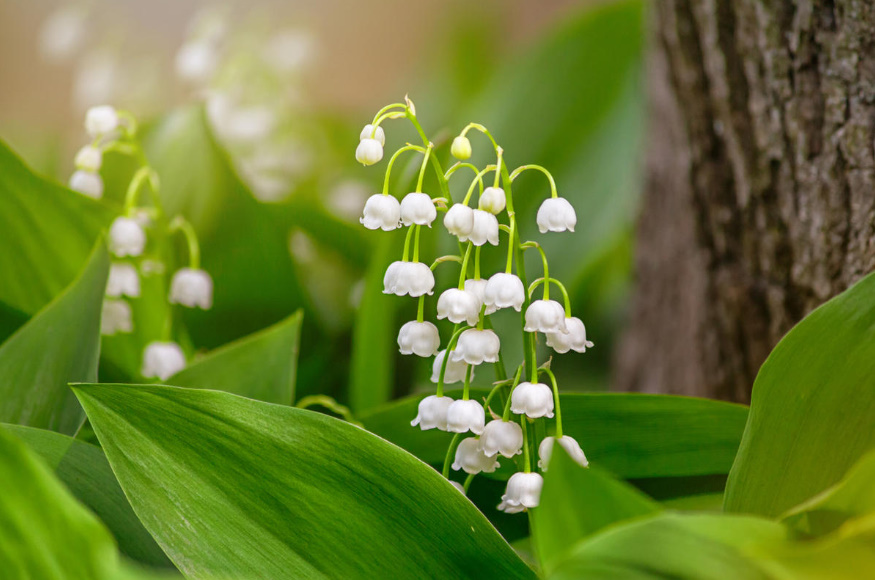
It was written about his tincture that it “is more expensive than gold and will stand up to all ailments.” But at the same time, the lily of the valley is deadly poisonous: all parts of the plant are toxic, but especially the flowers and red berries that ripen in summer. Adults are unlikely to feast on them, but children pull these bright balls into their mouths, “earning” poisoning with cardiac glycosides with the same symptoms as with Digitalis intoxication, and the help is the same, but it would be better if none of your loved ones needed it!
Mad Cherry — Atropa belladonna
They also called it rabid berry, sleepy dope and magic grass. Why magic is not difficult to understand. In the old days, Italians put juice in their eyes to make them shine, and the pupils widened and became bottomless. Berries were rubbed on the cheeks to make them blush. As a result, anyone turned out to be a beautiful woman — in Italian, “belladonna”.
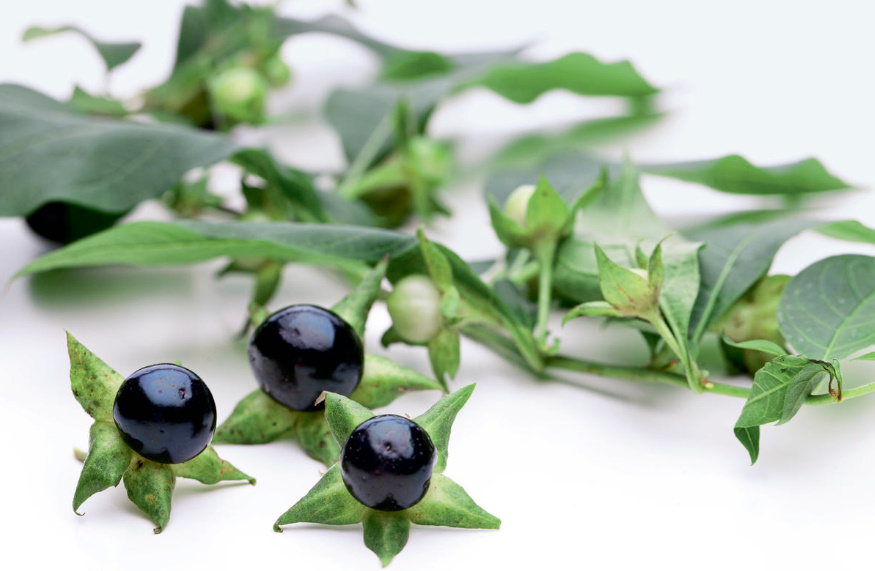
By the way: belladonna has the closest relatives from the Solanaceae family, which cause the same poisoning. These are Hyoscyamus and Datura. Neither one nor the other should be on your garden plot!
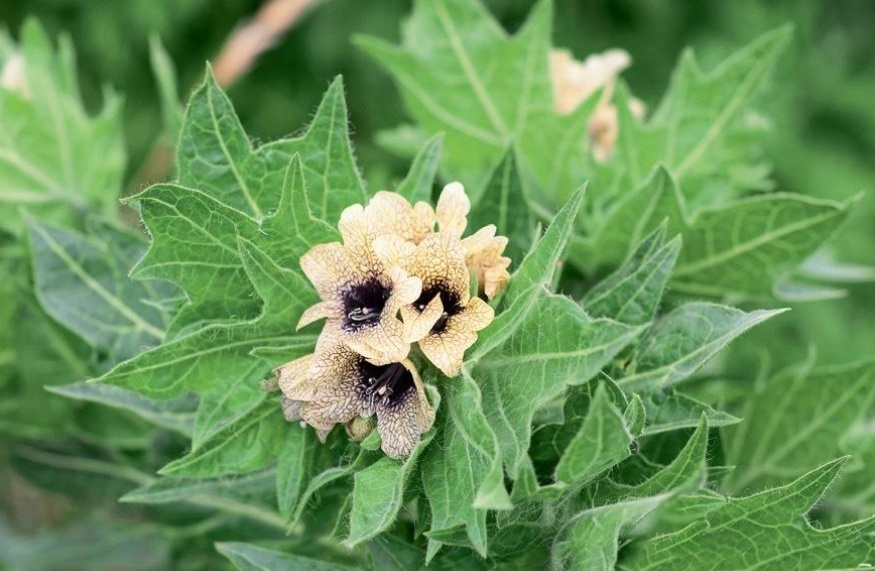
Venomous Panicle — Veratrum
This powerful and juicy perennial herb blooms for the first time in the 15th-30th year of life, and lives up to 50 years literally everywhere — from the tundra to the subtropics! The stem is thick and tall — up to 1.5 m, decorated with several large oval, as if corrugated leaves and panicles of small white, yellow-green or dark purple flowers. This Veratrum is a representative of the Melanthiaceae family.
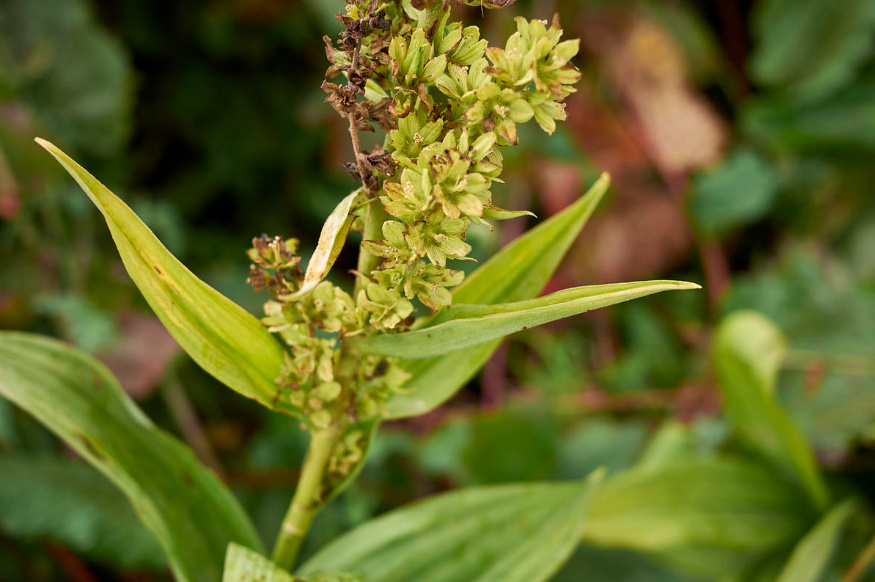
The plant is very poisonous, so you should handle it carefully. Veratrum poisoning causes severe agitation, perspiration, increased salivation, vomiting, slowing of the pulse, weakness and convulsions. At the first such signs, it is necessary to act, as in the case of Digitalis.
Interestingly, Veratrum is not deadly poisonous for everyone. In the Altai mountains, wild deer and spotted deer feast on it without any health consequences.
In small doses, Veratrum can also be a medicine, but not for internal use! Tinctures, decoctions and ointments from its rhizomes are used as an external analgesic for neuralgia, skin diseases and for wound healing, and powder from rhizomes is used to kill insects. However, a specialist should prepare these funds. The rest of you better admire this beautiful poisoner from a distance.
Umbrella with a trick — Heraculum
A familiar story: we went to the forest, and came back with burns on our legs? The reason for this is Heraculum – a plant of the Apiaceae family.
A medium—sized plant — Heraculum sibiricum – can often be found in meadows and on roadsides. It has wide lobes of dissected leaves and yellow-green flowers in complex umbels. Heraculum sibiricum is completely harmless, it is even used for food.
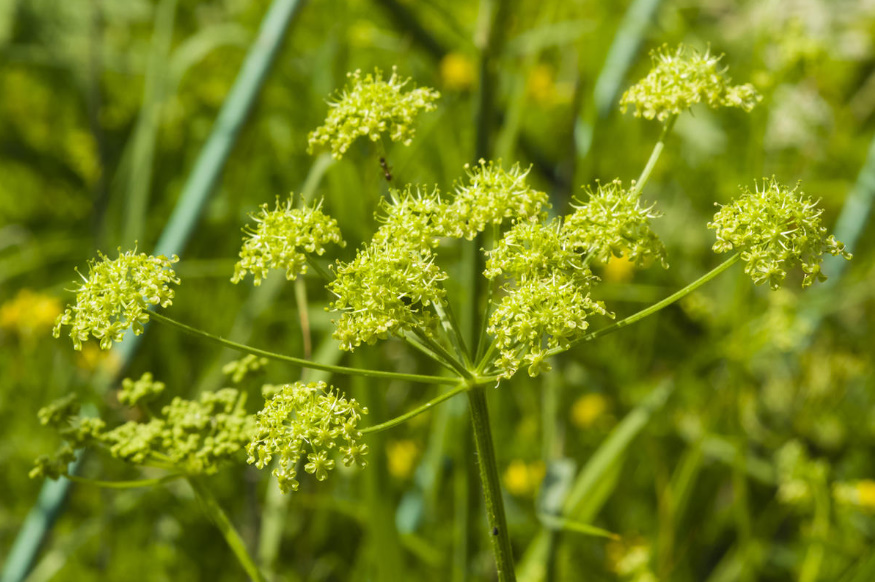
Burns can be caused by two other species of this plant — Heraculum sosnowskyi and Heraculum mantegazzianum, which, however, is very rare. These are perennial rhizomatous herbaceous plants up to three meters high with thick stems and petioles of leaves and a huge (up to a meter in diameter) complex umbrella of white flowers. They bloom in July-August, bear fruit in September.
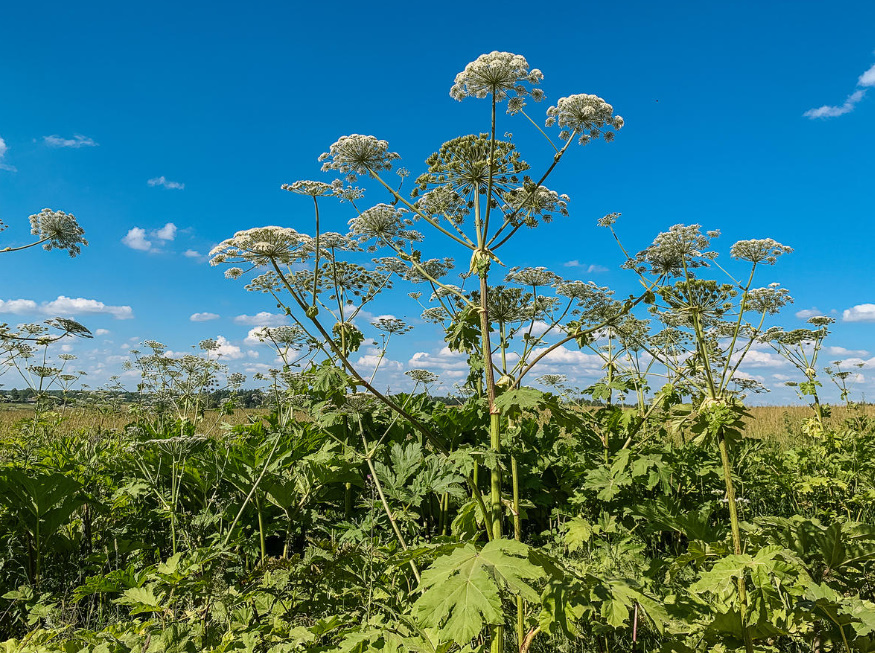
Why does contact with it cause burns? Yes, it’s just that the composition of Heraculum juice contains furocoumarins — chemical compounds with photosensitizing properties, that is, the ability to increase the sensitivity of the skin to ultraviolet light. A few hours after getting on the exposed areas of the body of Heraculum juice, a burn will occur under the influence of sunlight: the skin will turn red and be covered with bubbles. How severe her defeat will be depends on how much juice splashed on the affected area, how long this place was exposed to solar insolation and whether it was hot at the same time, whether sweat appeared on the skin. If it was wet (whether from sweat, after bathing in a pond), furocoumarins penetrate the skin faster, and the toxic reaction is more severe.
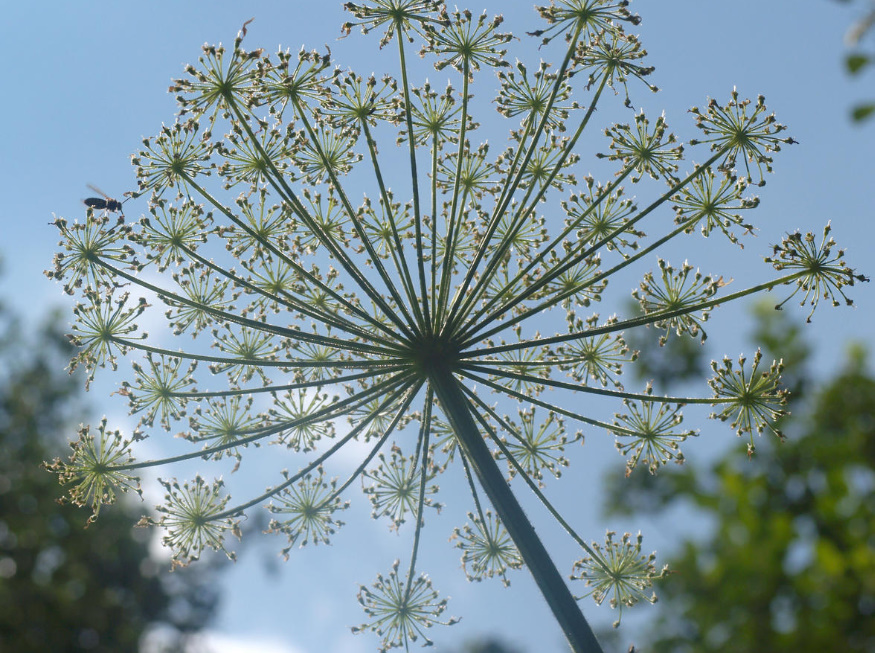
To avoid trouble, it is better not to touch the insidious “umbrella” with your hands, do not break it, do not make a pipe out of the stem, and even more so do not take it in your mouth, do not collect seeds. Burns from seeds, by the way, are the most painful.
Immediately wash off the juice that gets on the skin with water and hide in the shade. Apply a sterile bandage to the affected area and consult a doctor. If this is not possible, do not self-medicate and, most importantly, do not pierce the bubbles in any case! After 2-5 days, the burn will pass by itself, and in its place a brown pigmented spot will form, which can last from a month to a year.
One flower, two flowers
Some people react with a burn not only to Heraculum juice, but also to sandalwood oil, St. John’s wort pollen, sedge, wild mountain ash, yarrow and a number of other plants containing furocoumarins poisonous to the skin.
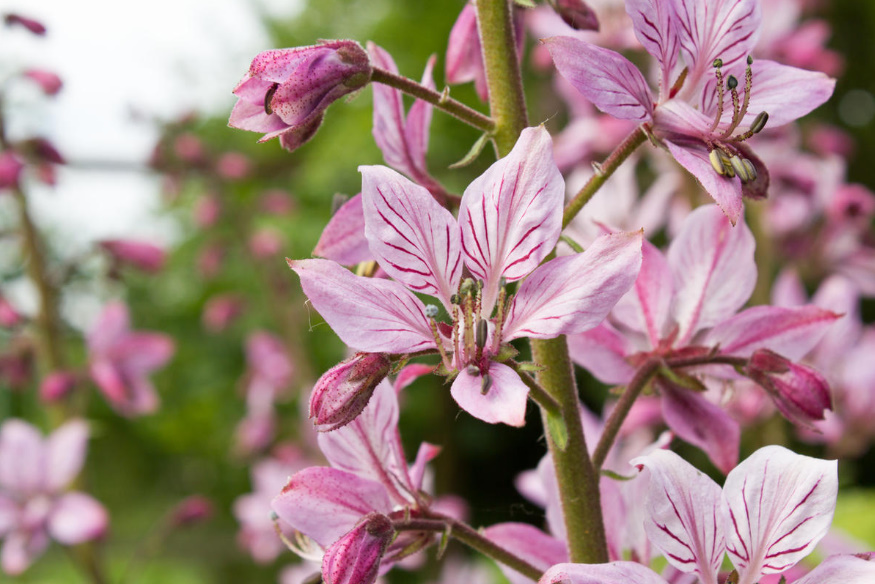
And nettles, for example, do not even need the sun to make the skin of any person become blistered, because experts consider its juice to be an obligate poison, that is, one that is dangerous for everyone.
In addition to nettles, obligate skin irritants that cause dermatitis by the type of burns include Ranunculus acris, Euphorbia, Illicium anisatum, Dictamnus albus and Croton.
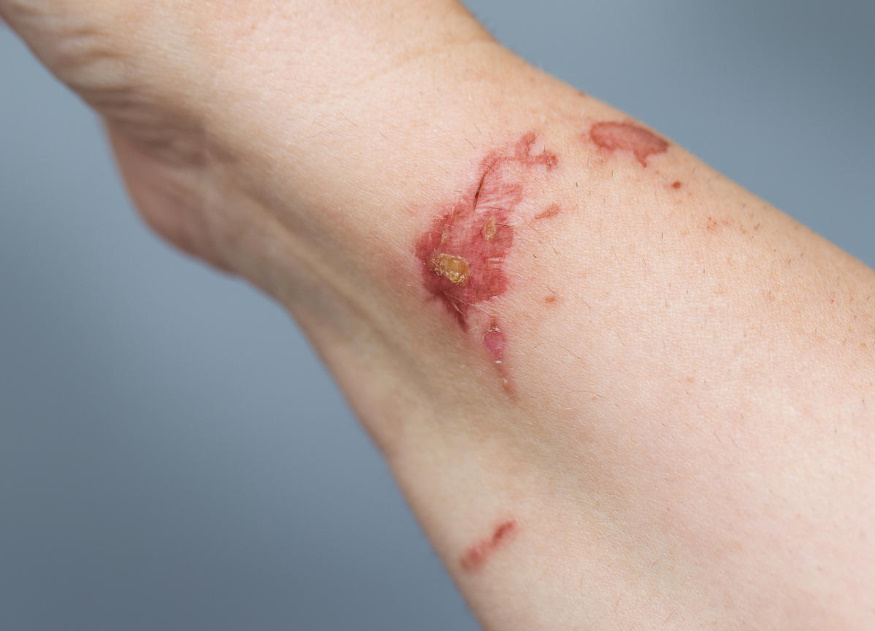
There are also facultative skin poisons that threaten dermatitis not to everyone, like nettle, but only to those people who are sensitized to them, that is, they have developed an allergy. This is a favorite summer primrose primrose, as well as Toxicodéndron vérnix, geranium, rhododendron, garlic and figs.
Well, let’s say figs don’t grow in the middle lane, but our gardeners grow primroses in large quantities, and in fact it can turn out to be poison for them. Toxic contact dermatitis is caused only by ornamental varieties of this plant, for example Primula chinensis. At the same time, not only fresh plants, but also withered or dried ones can sensitize and cause irritation on the skin.
